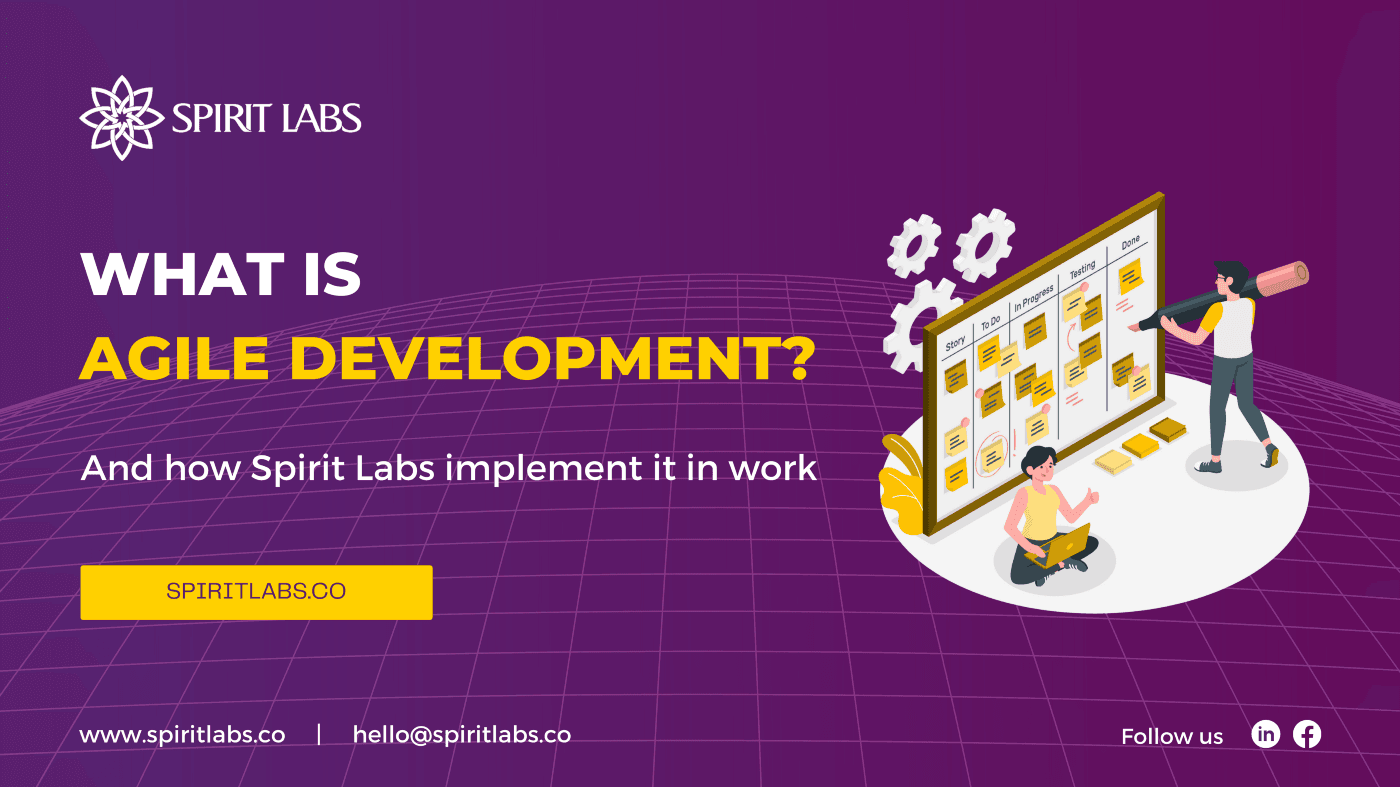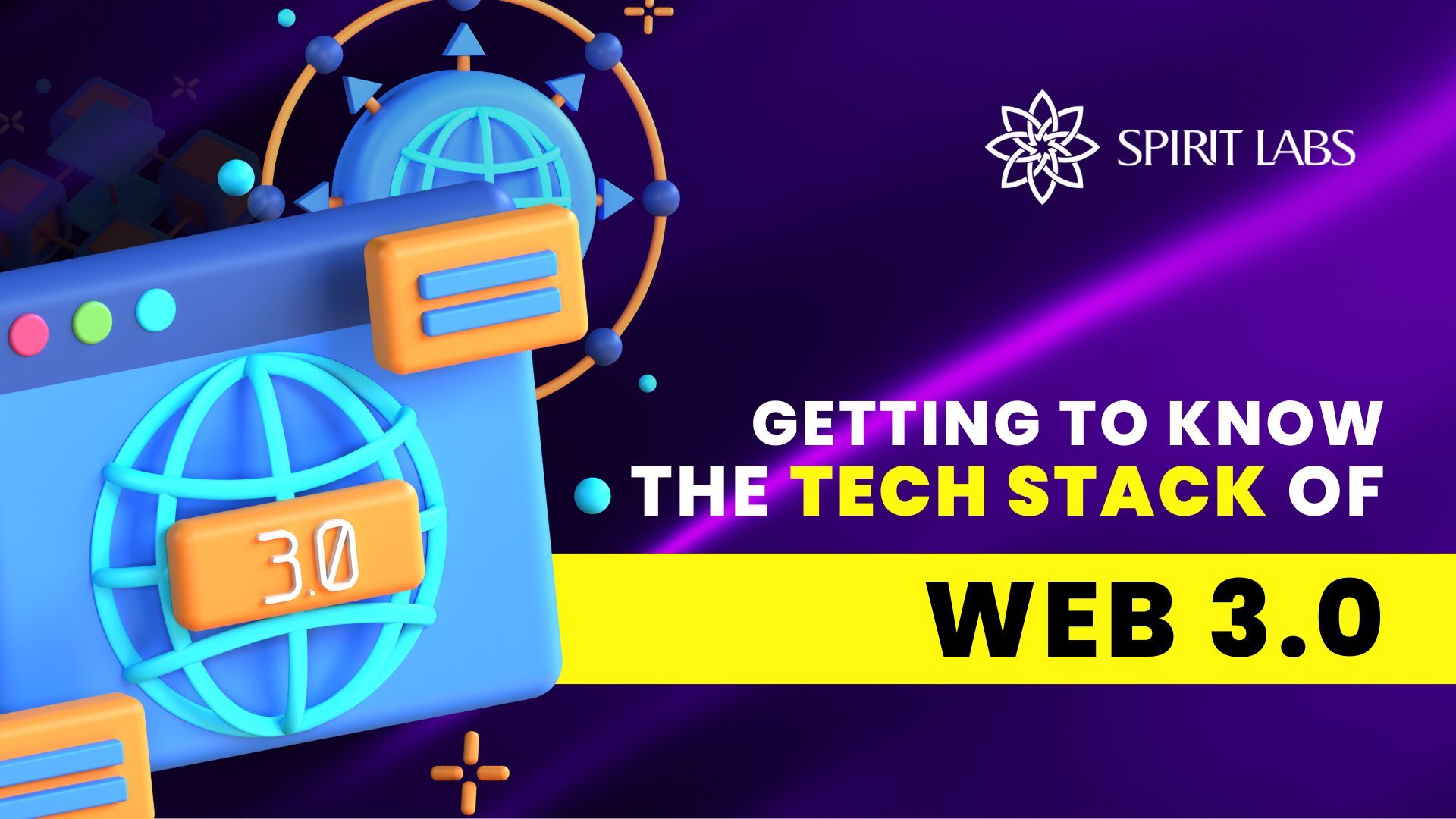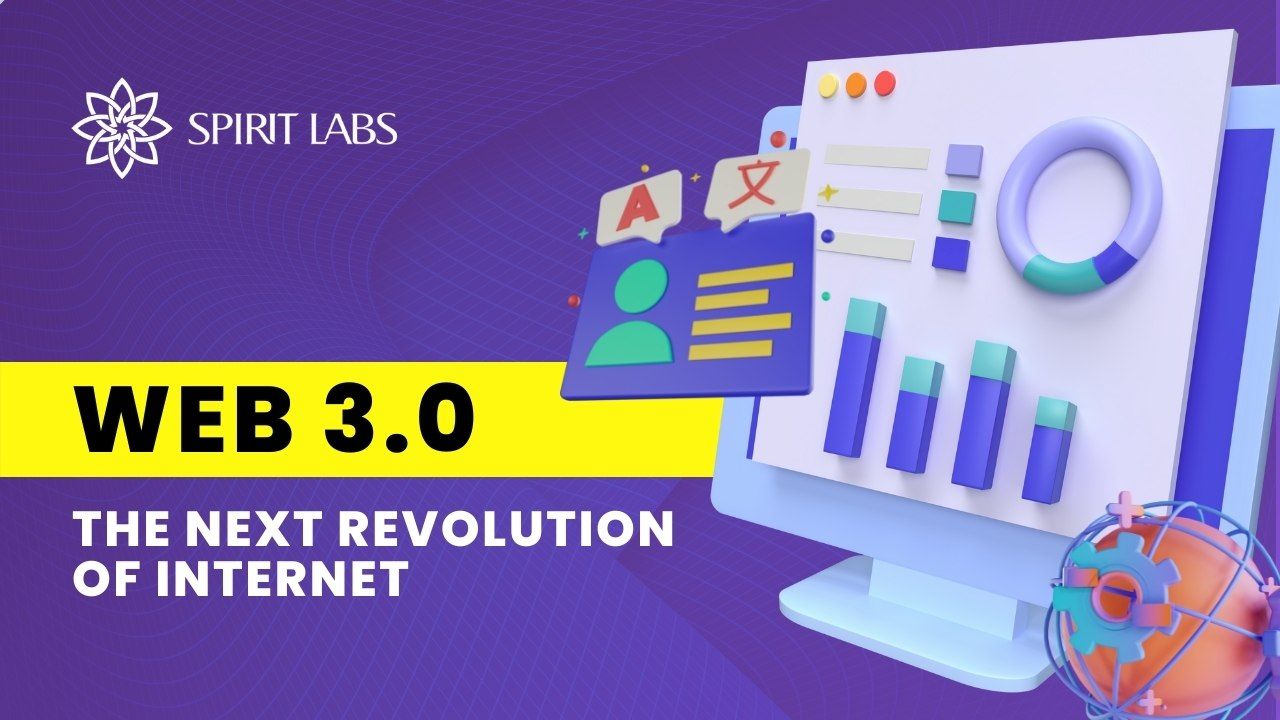
What is Agile Development and how Spirit Labs implement it in work?
Agility is something that is becoming more and more essential in modern life. Timely changes in technology are even quicker and harder to adapt, especially for the companies that are new to the market, those are the reasons for the demand of Agile practices in business nowadays. So what is agile practice and how Spirit Labs implements it?
Agile Software Development refers to a group of software development methodologies based on iterative development, where requirements and solutions evolve through collaboration between self-organizing cross-functional teams. Agile methods or Agile processes generally promote a disciplined project management process that encourages frequent inspection and adaptation, a leadership philosophy that encourages teamwork, self-organization and accountability, a set of engineering best practices intended to allow for rapid delivery of high-quality software, and a business approach that aligns development with customer needs and company goals. Agile development refers to any development process that is aligned with the concepts of the Agile Manifesto. The Manifesto was developed by a group of fourteen leading figures in the software industry, and reflects their experience of what approaches do and do not work for software development.
The project will be implemented in iterative segments (Iteration or Sprint), often within a short time (1–4 weeks). In each segment, the development team does all the necessary work such as planning, analysis, design, implementation, testing to produce small parts of the product.
At the end of the segments, the team produces small pieces of the final product, which are usually complete, workable, well-tested, and usable. Over time, one segment after another, these executables will accumulate, growing until all customer requirements are satisfied.
Because segments last for a short period of time, and planning is also constantly adjusted, changes in the development process (change requirements, technology changes, changes in orientation to goals etc) can all be met in an appropriate manner.
Agile teams make decisions based on real data rather than theoretical calculations or presuppositions. Agile shortens the feedback lifecycle for easy adaptation and increases the flexibility to control the process, and improve employee productivity.
Agile is not opposed to documentation, but appreciates face-to-face communication rather than paperwork. Agile encourages the development team to talk directly to better understand what the customer really needs. In intra-team communication, Agile encourages direct communication and agreement on the design of the system and jointly deployed into the required functions.
One of the fundamental principles of agile is that “a well-run product is a measure of progress”. Agile teams often collaborate directly with customers to know which requirements have higher priority, bringing value as soon as possible to the project.
- More responsive to development requests
- High-value features
- Deliver more quickly with short cycles
- Reducing non-productive work (e.g., writing specifications or other artifacts that no one uses)
- More time to do the work they enjoy
- The work is valued
- Reduce wastage by focusing development effort on high-value features
- Reduce time-to-market relative to waterfall processes due to decreased overhead and increased efficiency
- Improved customer satisfaction translates to better customer retention and more positive customer references
- Planning and tracking are easier and more concrete
- Give the Project Manager tremendous awareness about the state of the project at all times
- key to monitoring the project, and to catching and addressing issues quickly
- Align development work with customer needs easier
- Ensure maximum delivery of value
- Provides high visibility into the state of a development project
- Plan more effectively
- Adjust strategies based on more hard information and less speculation
We first work with our clients on steps to be clear from the project/product vision to requirement specifications. At this stage, we put in front the engagement team composed of a project manager who will handle the project at the development stage. Then we kick off the partnership with our client with the free consultation session organized as a workshop to validate and strengthen the product feasibility to the market. This is the side value to our development services but it is critical for the product’s survival.
Our Prepare stage include the following steps:
- Set the project vision and scope with a planning meeting with the client
- Build out the product roadmap and mockup
- Estimate timeline for each sprint and the number of people involved in the project
- Determine a reasonable cost
- Make plans for each sprint and its release
We divide the project into small Sprints so it would be easier for both client and our team, to keep track of and manage the project.
At the beginning of a sprint cycle, we will create a list of backlog items that is possible to be completed in that timeframe to create functional software.
Our development team works according to Scrum methodology in which we develop the product or implement the project in iterations. At the end of each iteration, we get the client verified and signed off on the implemented features.
We implement Iterative testing, making small, gradual changes or updates to a product based on insights (e.g., test results and user feedback) from previous changes and testing them against predefined baseline metrics.
We will conduct a staging test with our customers to ensure the quality of all codes. We are constantly looking for the review and feedback from customers to improve and launch the project at the best quality.
Depending on customer requirements, we might also conduct Regression testing as we aim to provide working software to the end-users as soon as possible, improving it continuously with customer feedback.
The project will be moving on to the UAT (user acceptance test) once the staging test is completed and it meets the needs of the customers. Customers can now perform a last production test to see if there are any issues that need fixing before In addition to the testing organized around the iterations, we collaborate with our client at every stage of the development process thanks to our status update calls and sprint, retro and demo days so that our client gets prepared on how to use the product and on the smooth transition.
Agile streamlines document management and helps speed product development. Instead of using lengthy documents that not everyone has time to read, Agile fosters interaction between team members, with customer feedback, imagination, programming, and experiments, and new ideas. These factors will contribute to seeking the right solution when there is a sudden change instead of sticking to a plan and not being able to cope with when a situation arises.
However, adopting Agile is not straightforward, it depends a lot on the flexibility of the leader himself. Bringing Agile into the business is not like a project, it is a huge change to corporate culture and human resource development strategy. We hope that this article has provided you with the knowledge you need before choosing to apply agile development.


